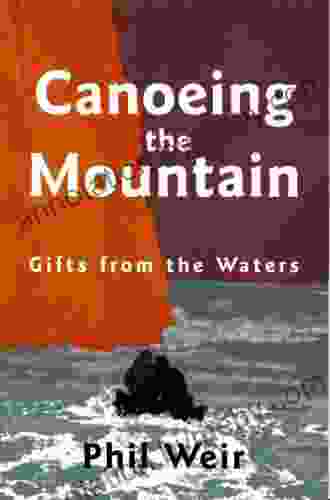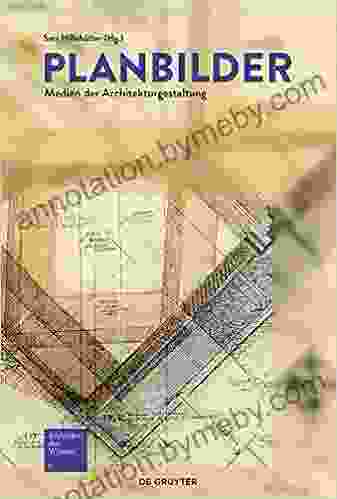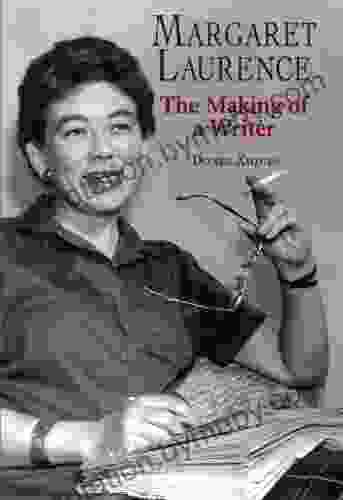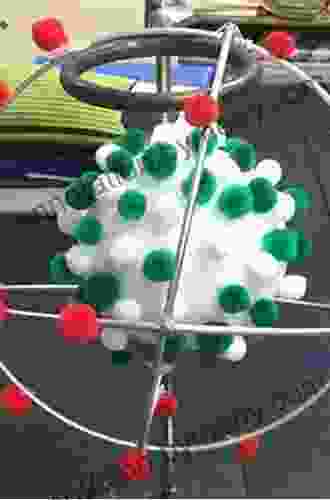Multiple Representations in Physics Education: Models and Modeling in Science

Science and physics, in particular, are often perceived as dry and complex subjects, filled with abstract concepts and mathematical equations. However, research has shown that using multiple representations in physics education can make these concepts more accessible and engaging for students.
5 out of 5
| Language | : | English |
| File size | : | 5936 KB |
| Text-to-Speech | : | Enabled |
| Enhanced typesetting | : | Enabled |
| Word Wise | : | Enabled |
| Print length | : | 481 pages |
| Screen Reader | : | Supported |
Multiple representations refer to the use of different formats to represent the same scientific concept or phenomenon. These formats can include diagrams, graphs, equations, simulations, and even physical models. By presenting information in multiple ways, students can develop a deeper understanding of the concepts and their interconnections.
The Benefits of Multiple Representations
- Improved Comprehension: Multiple representations reinforce learning by presenting the same concept from multiple perspectives.
- Enhanced Problem Solving: Students can choose the representation that best suits their learning style, making problem-solving more accessible.
- Critical Thinking Development: By comparing and contrasting different representations, students can develop critical thinking skills.
- Increased Motivation: Students are more motivated to learn when they see concepts presented in different ways.
- Personalized Learning: Multiple representations allow teachers to cater to the diverse learning needs of their students.
Effective Use of Multiple Representations
To effectively use multiple representations in physics education, consider the following guidelines:
- Purpose: Clearly define the educational purpose of each representation.
- Coherence: Ensure that the representations are consistent with each other and support the learning objectives.
- Progression: Use a logical progression of representations, moving from concrete to abstract.
- Interactivity: Encourage students to interact with the representations through simulations, experiments, or explorations.
- Reflection: Provide opportunities for students to reflect on their understanding and the role of the representations in their learning.
Examples of Multiple Representations in Physics Education
Multiple representations can be used to teach a wide range of physics concepts, including:
- Motion: Diagrams, graphs, and simulations can illustrate velocity, acceleration, and displacement.
- Forces: Force diagrams, vectors, and simulations can help students understand Newton's laws of motion.
- Energy: Bar charts, graphs, and simulations can represent the conservation and transfer of energy.
- Electromagnetism: Diagrams, simulations, and physical models can clarify electric and magnetic fields.
- Quantum Physics: Models, simulations, and thought experiments can introduce students to the strange world of quantum mechanics.
Modeling in Science
Closely related to multiple representations is the concept of modeling in science. Models are simplified representations of natural phenomena that allow scientists to gain insights and make predictions. Modeling is an essential part of the scientific process and can also be used effectively in science education.
Science education models can take various forms, including:
- Conceptual Models: Diagrams and analogies that explain complex concepts.
- Mathematical Models: Equations or simulations that represent physical phenomena.
- Computer Models: Sophisticated simulations that simulate complex scientific processes.
- Physical Models: Tangible representations, such as scaled models or mock-ups.
By using models in science education, students can develop a deeper understanding of scientific concepts and processes. They can also develop modeling skills that are transferable to other domains and professions.
Multiple representations and modeling in science are powerful tools that can transform physics education. By using multiple formats to represent concepts and encouraging students to engage with models, educators can create a more engaging, meaningful, and effective learning experience for all students. Embrace the potential of multiple representations and models today and unlock the hidden wonders of science!
5 out of 5
| Language | : | English |
| File size | : | 5936 KB |
| Text-to-Speech | : | Enabled |
| Enhanced typesetting | : | Enabled |
| Word Wise | : | Enabled |
| Print length | : | 481 pages |
| Screen Reader | : | Supported |
Do you want to contribute by writing guest posts on this blog?
Please contact us and send us a resume of previous articles that you have written.
 Book
Book Novel
Novel Page
Page Chapter
Chapter Text
Text Story
Story Genre
Genre Reader
Reader Library
Library Paperback
Paperback E-book
E-book Magazine
Magazine Newspaper
Newspaper Paragraph
Paragraph Sentence
Sentence Bookmark
Bookmark Shelf
Shelf Glossary
Glossary Bibliography
Bibliography Foreword
Foreword Preface
Preface Synopsis
Synopsis Annotation
Annotation Footnote
Footnote Manuscript
Manuscript Scroll
Scroll Codex
Codex Tome
Tome Bestseller
Bestseller Classics
Classics Library card
Library card Narrative
Narrative Biography
Biography Autobiography
Autobiography Memoir
Memoir Reference
Reference Encyclopedia
Encyclopedia Michael Freedland
Michael Freedland Eric Sprinkle
Eric Sprinkle Steve Hamilton
Steve Hamilton Rick Stanton
Rick Stanton Robyn Carr
Robyn Carr Donald N Yates
Donald N Yates Lauren Markham
Lauren Markham Sir David Tang
Sir David Tang Julietta Suzuki
Julietta Suzuki Don Orwell
Don Orwell Dinah Williams
Dinah Williams Dominic Burkhalter
Dominic Burkhalter George Reisman
George Reisman Donald Keene
Donald Keene Didier Ghez
Didier Ghez Gene Perret
Gene Perret Vishakha N Desai
Vishakha N Desai Don Lawrence
Don Lawrence Robert Albritton
Robert Albritton Dk Eyewitness
Dk Eyewitness
Light bulbAdvertise smarter! Our strategic ad space ensures maximum exposure. Reserve your spot today!

 Arthur C. ClarkeCanoeing The Mountain Gifts From The Waters: A Journey of Self-Discovery...
Arthur C. ClarkeCanoeing The Mountain Gifts From The Waters: A Journey of Self-Discovery...
 Clarence MitchellDiscover Architectural Design Beyond Boundaries: Planbilder Medien Der...
Clarence MitchellDiscover Architectural Design Beyond Boundaries: Planbilder Medien Der... Roberto BolañoFollow ·19.6k
Roberto BolañoFollow ·19.6k Anton FosterFollow ·8.9k
Anton FosterFollow ·8.9k Patrick RothfussFollow ·4.6k
Patrick RothfussFollow ·4.6k John SteinbeckFollow ·16.8k
John SteinbeckFollow ·16.8k Curtis StewartFollow ·4.5k
Curtis StewartFollow ·4.5k Donald WardFollow ·18.5k
Donald WardFollow ·18.5k Ross NelsonFollow ·19.1k
Ross NelsonFollow ·19.1k Chad PriceFollow ·5.2k
Chad PriceFollow ·5.2k

 Cruz Simmons
Cruz SimmonsGuide To Pencak Silat Kuntao And Traditional Weapons:...
Immerse yourself in the captivating world of...

 Dalton Foster
Dalton FosterUnlock Your Financial Freedom: Dive into the ABCs of Real...
Are you ready to embark on a...

 George Orwell
George OrwellThe Advanced Guide to Real Estate Investing: Your...
Are you ready to embark on...

 Will Ward
Will WardMargaret Laurence: The Making of a Writer
Margaret Laurence (1926-1987) was one of...

 Jorge Amado
Jorge AmadoThe ABCs of Property Management: A Comprehensive Guide...
Owning and managing rental...
5 out of 5
| Language | : | English |
| File size | : | 5936 KB |
| Text-to-Speech | : | Enabled |
| Enhanced typesetting | : | Enabled |
| Word Wise | : | Enabled |
| Print length | : | 481 pages |
| Screen Reader | : | Supported |










